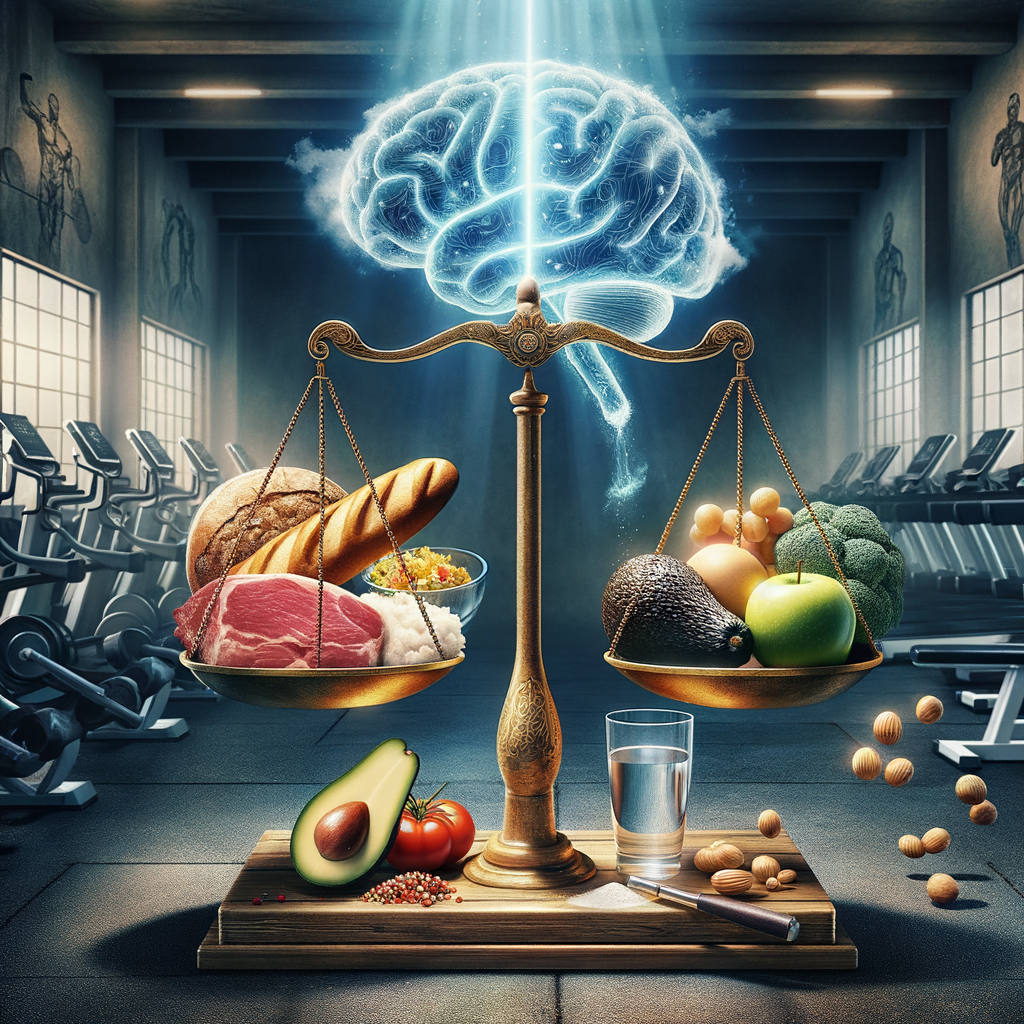
Diving into the Caloric Count: A Statistical Examination of Macronutrient Caloric Value
Sweatbands at the ready, folks! We’re shifting away from deadlifts and squats for a moment and pitting our mental muscles against something equally challenging: statistics. Now, don’t groan – we’re not chatting about trying to calculate your weekly grocery shop on the fly; we’re tackling the complex world of macronutrients and their caloric values through linear regression. By breaking this down, we might just find the key to unlocking potential diet drawbacks, the hidden truths about calorie content, and unexpectedly, the sneaky caloric impact of your favourite drink!
Setting the Macros-Stage
It’s time to give the star of this show some limelight: macronutrients, or as we fitness folk shorten them, macros. You will have seen ‘High-protein!’ or ‘Zero carbs!’ plastered all over your favourite fitness magazine. But what do these impressive-sounding labels mean for your body, and more specifically, the calorie content you’re consuming?
Diving Deep into Diets
Zero-carb diet fans might be slapping that delicious bread out of your hand quicker than you can say ‘carbs’. Still, they could be leaving themselves vulnerable to fiber deficiency, higher cholesterol and a lower intake of vitamin C. You heard right, folks! That hearty portion of potatoes isn’t just a vehicle for your butter; it’s a much-needed source of dietary fiber, keeping your gut healthy and happy. High-protein diets may sound like the holy grail for muscle heads but they can raise cholesterol levels and leave dieters lacking in other vital macronutrients and hydration. And yes, your protein shake might rev your muscles up, but in terms of calories, it might be steering you into a greater caloric intake than you’re bargaining for!
Shaking Up the Caloric Cocktail
Water – More than a Thirst Quencher
When it comes to the relationship between calories and water content, they’re polar opposites. The more you hydrate, the less space you leave for calories. It’s a delicate balancing act that emphasises just how valuable H2O is in managing a balanced diet!
Macros – The Caloric Culprits
Bearing the standard of accepted caloric values fortified by nutritionists, carbohydrates and proteins came in faithfully at an average of 4 kilocalories per gram. Fats didn’t betray expectations either, doubling the caloric content to 9 kilocalories per gram. But the real surprise star that jumbled up the calorie couture was none other than alcohol. It managed to twirl into the scene with an unexpected 6.86 kcal per gram putting it ahead of carbs and protein!
Playing Favorites with Fiber
Curious about that mention of fiber earlier? A lowly -1.71 kcal per gram puts it far behind in the winner’s circle, but don’t send it packing just yet. The negative coefficient doesn’t mean negative calories, instead, it spins a tale of reducing the amount of calories from other nutrients. So, instead of poking fun at fiber, consider it your personal trainer, helping shed some caloric pounds from your diet!
In a Nutshell
- The Zero-carb and High-protein diet hold potential drawbacks such as fiber deficiency, higher cholesterol intake and lower vitamin C intake.
- Water content in food inversely correlates with calorie content – the more you hydrate, the less room there is for pesky calories.
- Carbohydrates, proteins and fats have caloric values of 4, 4 and 9 kilocalories per gram, respectively – right on the accepted chart!
- Alcohol swoops in with a surprising boost, providing a staggering 6.86 kcal per gram.
- Fiber doesn’t serve negative calories, but helps reduce calorie absorption from other nutrients, making fiber an integral part of a balanced diet.
No sweat, you’ve come to the end of our statistical journey into the true caloric values of macronutrients. So, the next time you’re mulling over carb-heavy bagels or protein-packed omelettes, remember to factor in fiber, water, and maybe drop the mimosa if you’re counting your calories!
Source Citation: https://medium.com/@faisal.afif/beyond-the-bite-how-linear-regression-unveils-the-true-caloric-value-of-macronutrients-e2d57a3cca82



